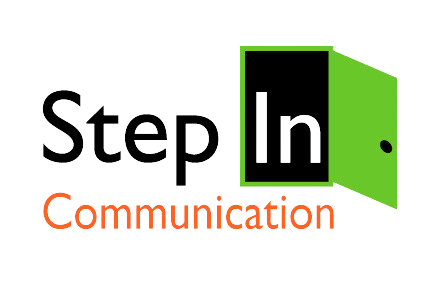I recently posted about companies hiding from their customers on social media. The story raises the single biggest challenge for organizations: how to meet the demands of responding to customers on social media. No matter the size of your business, you can shorten response time with a few simple cheat sheets. Make A Standard Responses […]
While social media has enabled widespread conversations between brands and their customers, for some organizations, it’s also an opportunity to hide behind social channels. These organizations are still struggling with how to manage the 24/7 nature of online customer service. Here are some signs that you may be hiding from your customers: You never have […]

How To Handle Negative and Irrelevant Comments on Facebook
Should you ever hide Facebook comments? When you are managing Facebook pages, it is likely you will have to answer this question. In the process of managing Facebook pages for numerous organizations, we’ve had to take action a number of times. Some comments should be ignored. Some comments deserve a response. Others should be hidden […]